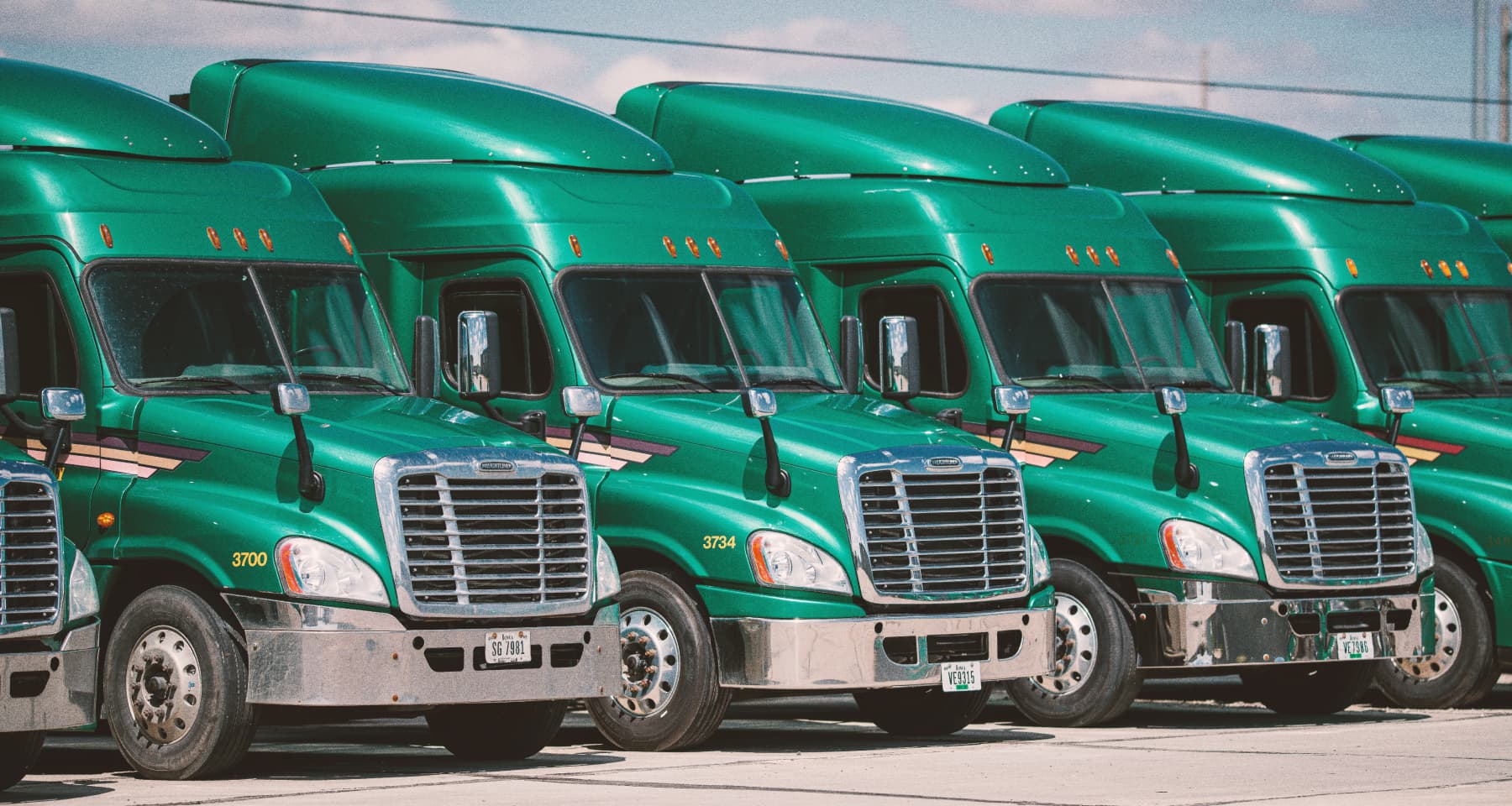Recruiting and retaining the right team members is tough – especially for the trucking industry. With an economy still recovering from a global pandemic and a deepening driver shortage, truck drivers are a valuable commodity – and retaining them is crucial.
Shippers, carriers, and brokers are struggling with unprecedented truck driver turnover rates, and they are implementing new strategies to create improved conditions for drivers. Finally, drivers and their needs are at the heart of these new business strategies. Better compensation, sign-on bonuses (love them or hate them!), improved working conditions, more company engagement, and a sense of community are being set in motion to make drivers stay behind the wheel.
Here are five strategies that can help engage drivers so that they will continue to keep America moving.
Health and well-being
Driving a truck is both physically and mentally demanding, and with extremely tight delivery schedules, there is a lot of pressure on drivers. Even though ELD mandates and hours of service regulations exist, drivers still drive up to 14 consecutive hours to meet deadlines and make as many deliveries as possible. The ‘trucker lifestyle’ has side effects like fatigue, obesity, blood pressure issues, loneliness, and depression. 25% of truckers over the age of 54 are diabetic, and the prevalence of obesity is more than twice as high in long-haul drivers compared to the general population (69% vs. 31%).
More and more trucking companies are putting driver-focused health initiatives into action. A few of the available resources right now are trucker-specific programs to promote exercising, quitting smoking, and losing weight, and more truck stops are now providing healthy snack options and gym locations for drivers. Just letting drivers know that their health matters makes all the difference for drivers.
Embrace technology
It’s no secret the trucking industry is trailing behind other sectors regarding technology. BOLs, inventory rosters, cash, checks, and receipts have historically been paper-based – and many still are! Investing in technology makes drivers’ daily routines easier, safe, and more productive, which reverberates throughout the entire supply chain, saving both time and money. Innovative technological solutions can help drivers better track their hours of service, create smarter routes to make deliveries faster, keep track of inventory, find parking more efficiently, and pay digitally on dock so that paper-based payments won’t slow them down.
Get feedback – and listen!
Ask drivers how they feel and what they want. As the men and women with the wheels on the ground, they have hands-on experience with the numerous processes encountered along the way to make a delivery. Not only will driver feedback make sure you are connected with drivers, but it ensures they remain safe, efficient, and compliant. Start with a simple survey to collect feedback, and then turn the valuable information into an actionable checklist for making improvements. Creating a feedback loop where you actively improve conditions and show drivers you listen and care builds credibility and trust.
Create a sense of community
Driving a truck can be lonely, and the sense of having coworkers and buddies at work can easily get lost when you’re hauling freight on your own across the country. Creating a sense of work community or culture can be very challenging, but there are ways to get there. Since having a friend at work creates a solid connection to the workplace, setting up a buddy system or mentor program where more senior team members are paired with a new recruit can foster a sense of community and support. Another option is to seek out online communities, either on social media or like Relay’s Drivers Council, that are explicitly made to nurture a sense of fellowship and community.
Compensate, reward and recognize
Compensation is no longer a variable expense when it comes to truck drivers. The driver shortage has led to huge boosts in driver wages, but carriers still struggle to retain drivers. While some companies adopt short-term strategies like sign-on bonuses, many companies are looking for more long-term, culture-building plays such as better minimum wages, end-of-year or merit-based bonuses, and referral incentives.
The average cost of driver turnover is $11,500 per driver, so there’s a lot of money to save by investing in the right compensation strategy. Rewarding and recognizing a job well done and showing appreciation should not be overlooked. Something as simple as naming a driver of the month or giving a shout-out to the driver with the most safe miles driven is a great way to motivate and incentivize drivers. Throw in a little monetary reward, and you’re well on your way to making sure that your drivers feel appreciated all year round.
If you want to learn more about how you can prioritize your drivers with a fast, digital payment platform, please schedule a demo to get started with streamlined lumper payments that will keep you moving.

